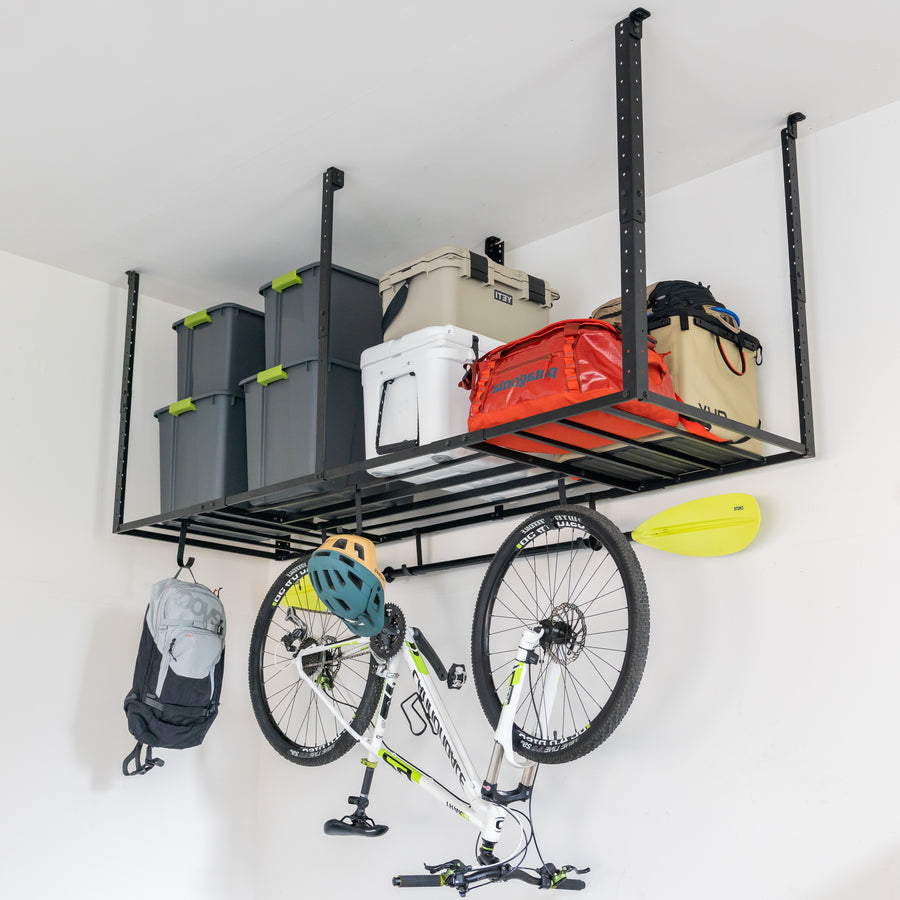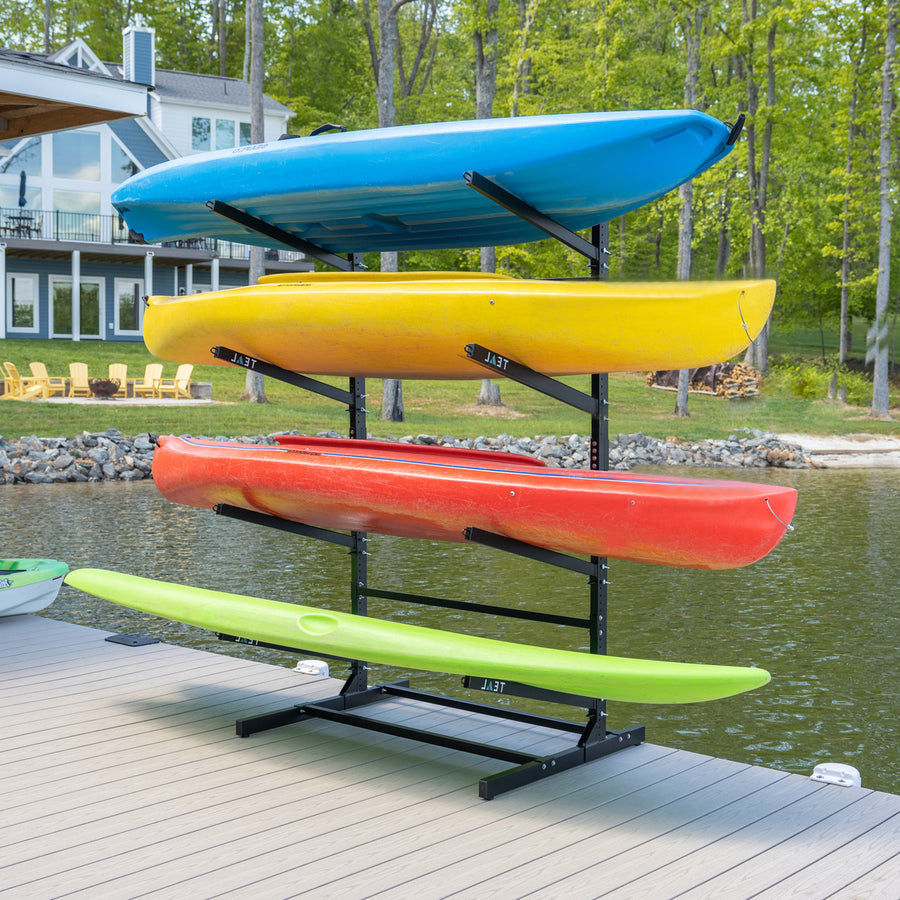Offroad Skateboarding | StoreYourBoard.com
When you think of skateboarding, you probably think of sidewalks, skate parks, and pavement. Most skateboards are designed only for use on hard, even surfaces. If you hit a rock on a normal skateboard, you will probably fall off the board. A new type of skateboarding, called offboard skateboarding, utilizes specially-designed boards that can be used nearly anywhere - not just on the pavement. Off road skateboards can even be used on dirt, gravel, and hard-packed sand. They can also be used on pavement, of course.
By replacing the wheels on your regular skateboard, you can gain some off-road capabilities. Try larger rubber wheels. This will allow your board to glide smoothly on some surfaces, like grass and dirt. If you want a skateboard that can handle even more rugged terrain, consider an offroad skateboard. These special skateboards use a regular skateboard design, but each component is specially chosen to allow for heavy-duty use on rough terrain. One feature found on mountain boards that isn’t usually available on regular skateboards is a brake, making it easier to stop on dangerous terrain.
Sometimes called mountainboards, these skateboards usually have bindings to keep your feet securely on the board, like you’d find on a snowboard. In fact, mountainboards or offroad skateboards are sometimes seen as a hybrid of snowboard and skateboard styles; they incorporate four wheels, like a skateboard, but are usually ridden with a stance similar to that of snowboarders.
Mountainboards can be used nearly anywhere, rolling over sticks, leaves, bumps, leaves, and other items that would stop most regular boards. Offroad skateboarding is also called all-terrain boarding, and these boards can literally go almost anywhere. The one limitation of mountainboards is that they are meant to be used on slopes, not flat terrain. In fact, they have been seen as a summer alternative for snowboarders, and can usually be used on the same slopes that become snowboarding courses in the winter months.
To get started as an offroad skateboarder, you’ll want to use plenty of protection. The rough terrain makes it even more important to wear padding and a helmet. Otherwise, you run the risk of hitting against trees, large rocks, and other obstacles. Because these boards are ridden on sloping hills, you can often go very fast. Although there is a brake, higher speeds do increase your risk of falling. Don’t forget about padding for the rest of your body, and always wear long sleeves and pants to protect your skin from branches and other obstacles that may hang in your way. Always ensure that the bindings hold your feet securely, like you would if you were going snowboarding.
Begin learning to offroad skateboard on gentle slopes. It’s a good idea if you learn how to skateboard or snowboard before trying it offroad; this can help you learn how to balance. Stopping can be difficult; you’ll want to bend your knees and lower yourself down, grabbing the front edge of the deck with both of your hands. When still holding the deck, lean backwards. The board will make a sharp turn, stopping suddenly. Be sure to keep your weight in the center of the board when performing this maneuver, or you will lose your balance.

